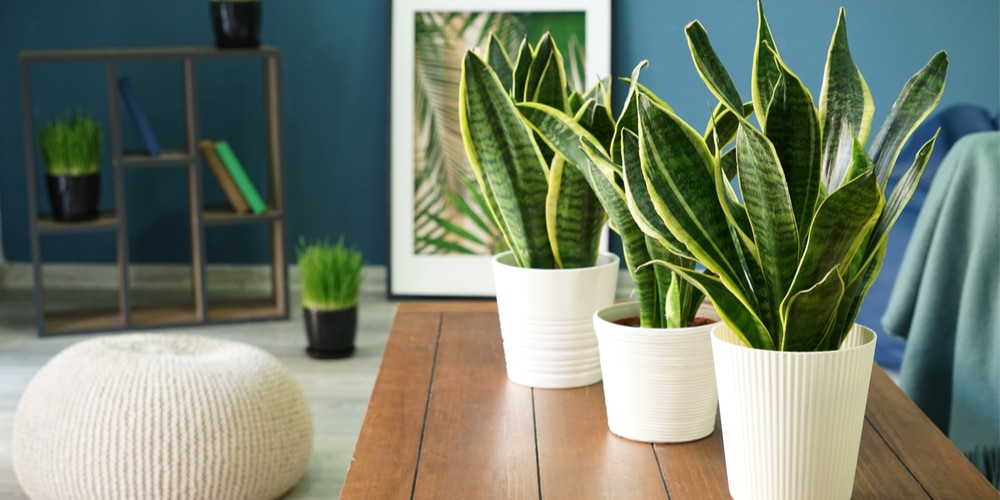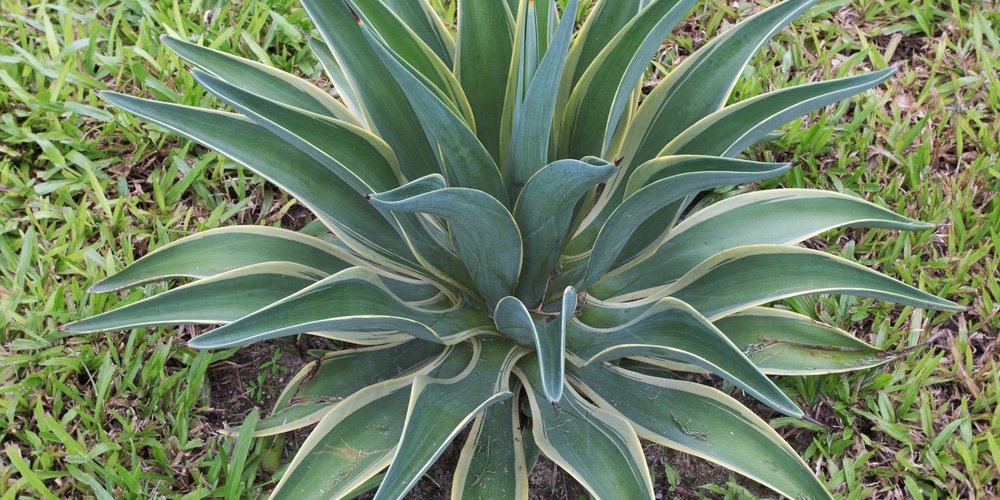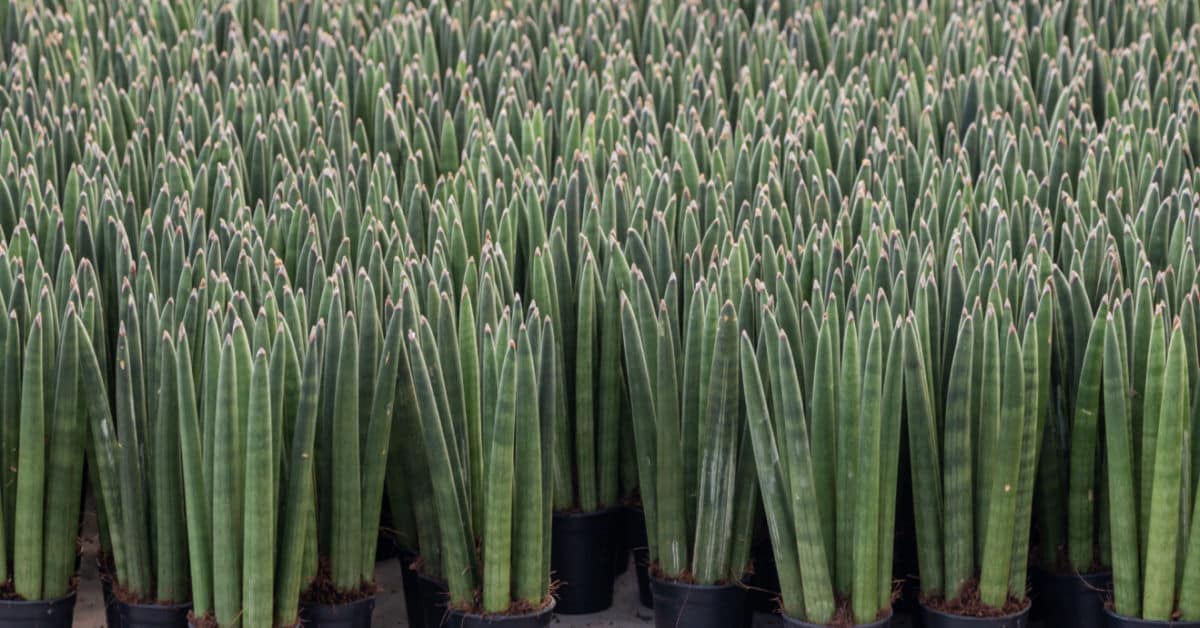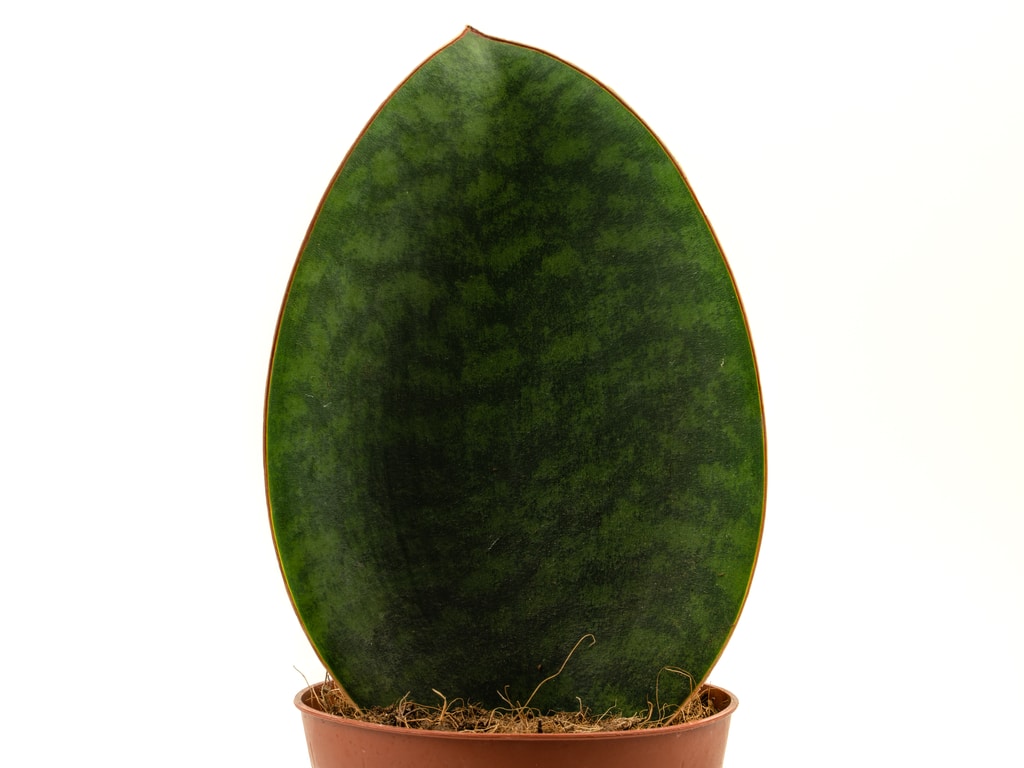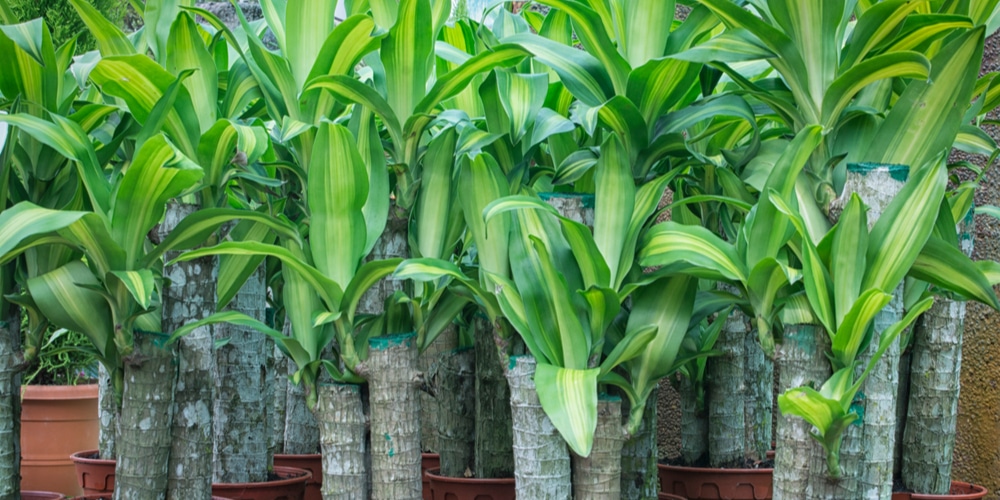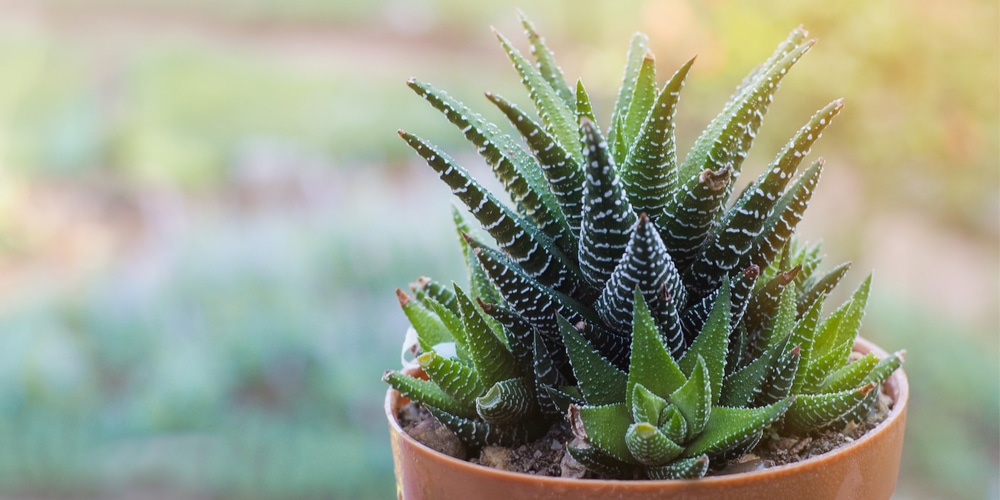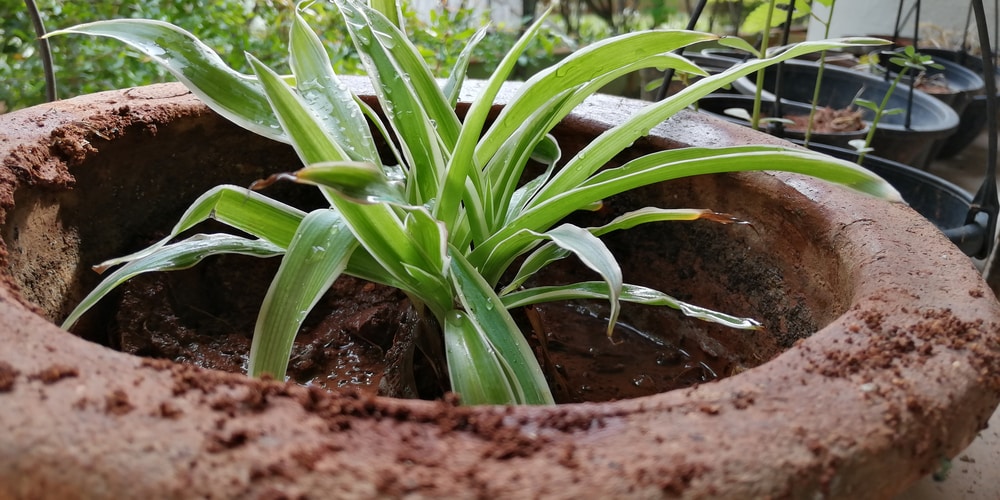The Snake Plant, or Dracaena trifasciata, is a truly unique specimen, with long and narrow sword-shaped leaves that curve and twirl upwards. Let’s look at plants similar to snake plant.
Plants Similar to Snake Plant
What makes it doubly attractive is that Mother-in-Law’s Tongue can live practically anywhere in the house, even in areas where there’s low light. Can’t get enough of your snake plant? You can try these 9 plants similar to snake plant.
Century Plant
A succulent plant that defies the norm, Agave americana belongs to the ‘plants that look like snake plant’ with its tall and stately leaves. The foliage is hard, narrow, and tapers to a pointed tip much like the dracaena trifasciata.
The Century Plant tops at 6 feet in length and 10 feet spread, and only needs sparse watering and a brightly-lit environment.
African Spear Plant
Sansevieria cylindrica, aka the cylindrical snake plant, is considered a snake plant variety with its pointy and upward-growing foliage. Other names for the species include Skyline Spear and Elephant’s toothpick, among others.
The succulent grows in bright light and only requires a once-weekly watering. Once the spears fill up the container you can divide and get a free plant in the process.
Bush Lily
A flowering plant within the Clivia genus, Bush Lily has an added bonus of sprouting beautiful sprays of orange-colored blooms atop sprawling leaves. You can put it in a container or take care of it as a houseplant as long as you put the bush lily in a spot or window that gets sunlight.
Whale Fin Plant
The Whale Fin plant or Sansevieria Masoniana shares plenty of similarities with the snake plant. It has a similar color and texture to the non-variegated dracaena trifasciata variety, but with far less foliage. Also, instead of a pointy end, you get a somewhat whale fin-shaped and singular leaf that sprouts from the soil.
As a houseplant, you can’t ask for anything more. Set the Sansevieria masoniana in a well-lit area in your home and remember to water it every month or so.
Corn Plant
The Cornstalk Dracaena is a broadleaf evergreen that looks similar to a snake plant at first glance. You get the requisite sword-shaped leaves jutting out from the ground or on thick stems, and an upright growing habit that makes it perfect for tight spaces.
What’s great about the corn plant is that you can place it in low-light areas and get an instant pop of color. It’s also a good choice for those who constantly forget to water their houseplants.
Zebra Plant
There are several kinds of zebra plants, but the one that’s similar to the snake is the Cryptanthus zonatus, otherwise known as Zebra Star. The terrestrial bromeliad sports the same zig-zagging patterns and spear-shaped leaves as the dracaena trifasciata, and about the same care requirements too.
The Zebra plant is a well-behaved houseplant that only needs bright light to thrive. Water only when the top inch of the soil is dry to the touch.
Mauritius Hemp
Perhaps the closest in appearance to the snake plant, Mauritius hemp is a succulent shrub with pointy leaves. Furcraea foetida is an excellent ornamental piece in the garden or inside your home. The Furcraea species only needs moderate watering. In fact, the more you forget to water, the greater its survivability. You can feed during the growing season but take care not to give too much.
Spider Plant
The spider plant and snake plant are at the top of the list of ‘easiest to grow’ houseplants. Both adapt well to a variety of indoor environments, including low-light and dry conditions. Chlorophytum comosum comes in several species as well, which means you can choose its look and color depending on what you need.
The best position for a spider plant is on a window that gets bright light. Feeding and pruning aren’t a strict requirement but it helps maintain a neat appearance.
Ox Tongue
Ox Tongue is the nickname of the Gasteria obliqua, a small South African succulent with stemless leaves. As you’d expect, the leaves are somewhat similar to dracaena trifasciata but at a smaller scale.
Since the plant stores water on its thick and fleshy leaves you won’t need to water as often. The Ox Tongue plant does best in partial sunlight and loose, well-draining soil.
